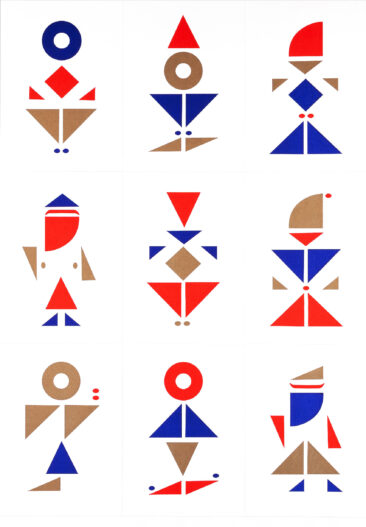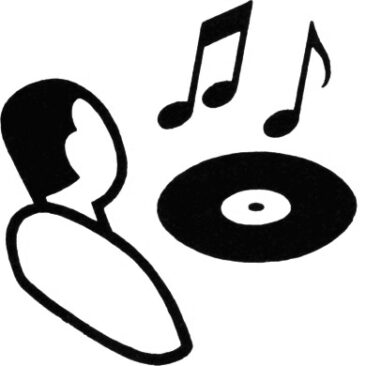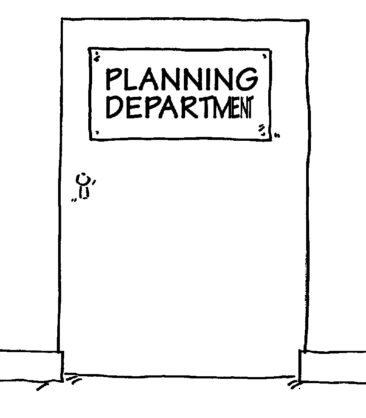#12 Christmas cards or holiday emails?
There are more important things than efficiency. Christmas emails may be easier than writing individual messages by hand, but there is still something to be said for old-fashioned pen to paper
Most of us would contend that, intellectually, design is all about the ideas and the new ways of looking at things. The larger a studio becomes, however, the more it feels the need to plan the creative process. They monitor people with time sheets, have lots of planning meetings and give everybody fancy titles to create false hierarchies. When you see what the bigger studios turn out, it is clear that their measure of success is not the quality of the end product, but the smoothness of the production process. Efficiency trumps effect.
This totally distorts the reality in our profession. Our clients do not judge our work by how it came about, but by how it works for them. Is their brand stronger after the redesign? Does the product sell more? Is it manufactured more cheaply and swiftly? Whether we get there by working day and night or with handmade software, under the influence of substances or by being exposed to loud music, nobody cares, as long as the client is happy. They presumably come to us for the quality of the design, whether we work as offices, firms, ateliers, agencies or studios.
If efficiency of process becomes the most important goal, the quality of work will eventually be compromised.
There are, of course, many areas where we need to be, and can be, more efficient. Sending emails instead of hand- or typewritten letters is much more efficient. After a telephone call we often don’t remember half of the things that were said, and we certainly couldn’t prove any of it if we had to. And one can – and should – take a minute before hitting that send button to think again, whereas on the phone we may say things that we regret the minute they’re uttered.
Inviting more than one person to an event, making an announcement to a group, communicating from one to many: electronic mail is the perfect tool. There are, however, still occasions where we don’t want the recipient to feel that he or she is just one of many, even if the software cleverly inserts their first name above the message. Even spam comes addressed to us personally, so that doesn’t fool anybody anymore.

Christmas cards may be printed in runs of millions and bought by each of us in large amounts, but we still at least write the address by hand, perhaps a short personal message and then sign it, if only with an illegible scribble that betrays hours of practice. The tradition of writing Christmas cards has turned into an annual avalanche of add-ons: artificial snow in envelopes, ingenious cardboard constructions that take half a working day to unfold (and often even longer to deconstruct), strange interpretations of seasonal trees and untold other combinations of red, gold and green. Yet the actual idea of writing a personal note seems more appropriate than ever.
Environmental bean counters must have worked out that the exchange of printed and other surface-enhanced artefacts at yuletide cost mankind the equivalent of at least one day‘s automobile traffic across the globe. Admittedly, at times just before the holidays, I do feel like I am under attack by the content of my letterbox, but generally: what is wrong with writing to each other?
In human terms, Christmas spam is a far worse option. ‘This year, we are sending you a festive email only, in order to save the rainforest from extinction by Hallmark and its allies.’ What a lame excuse for not wanting to sign a few hundred cards! If we feel that nobody appreciates so much postal attention all at once, why not write simple postcards during the year, even to clients and colleagues? With all our electronic gadgets spitting out more and more instant gibberish, actually sitting down to write a short message by hand, perhaps even with a fountain pen, is not only therapeutic for the writer, but also incredibly effective when it comes to establishing relationships.
And shouldn’t we strive for relationships, even with our clients? Personal postcards are still a symbol for the fact that somebody thought about us, took the trouble to look up our address and actually spell it out. As long as there is no fountain pen with a copy-and-paste function, this is one-to-one communication.
Christmas emails may be more efficient than writing individual messages by hand, but I bet the postcard is a hundred times more effective.






